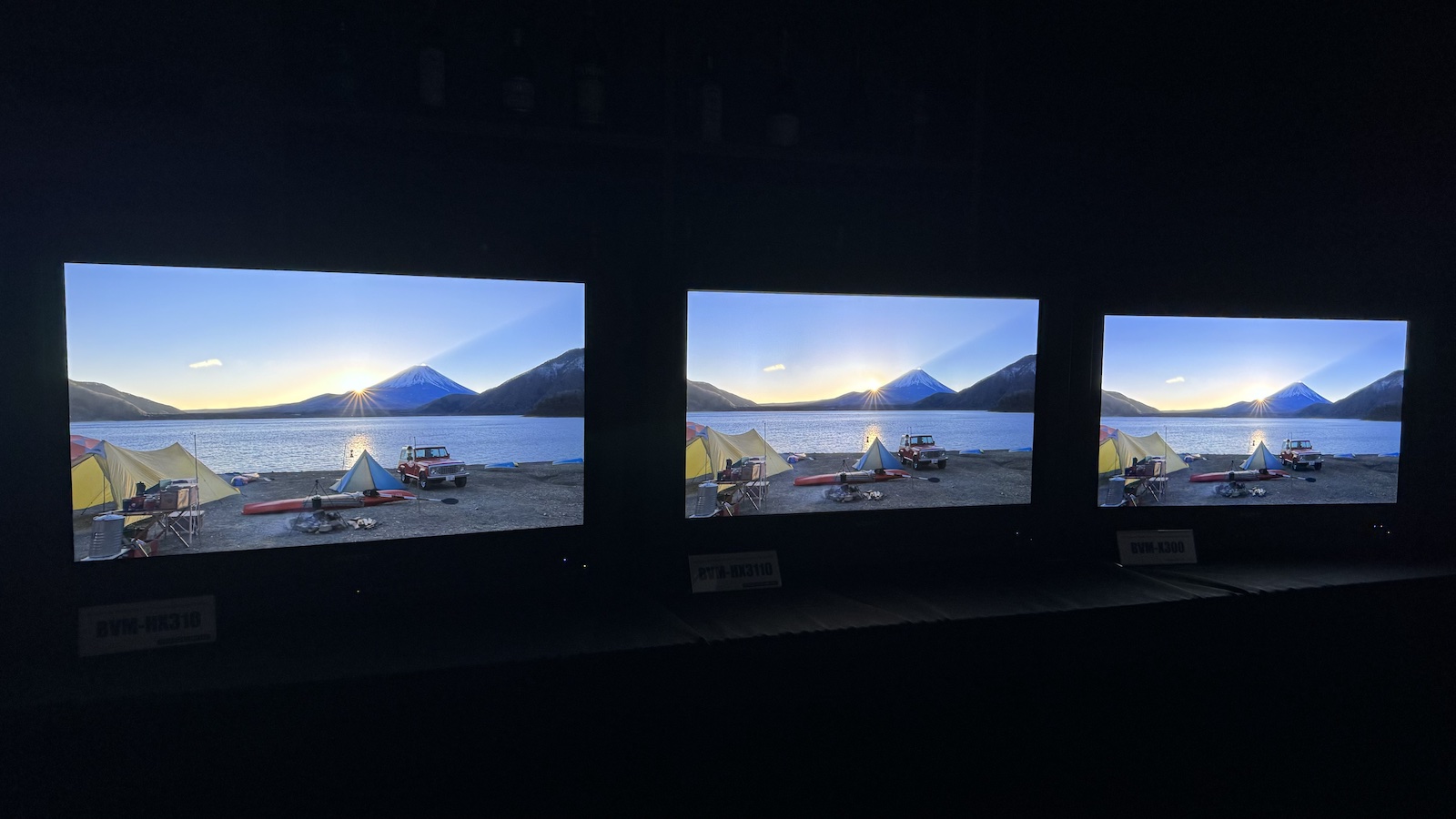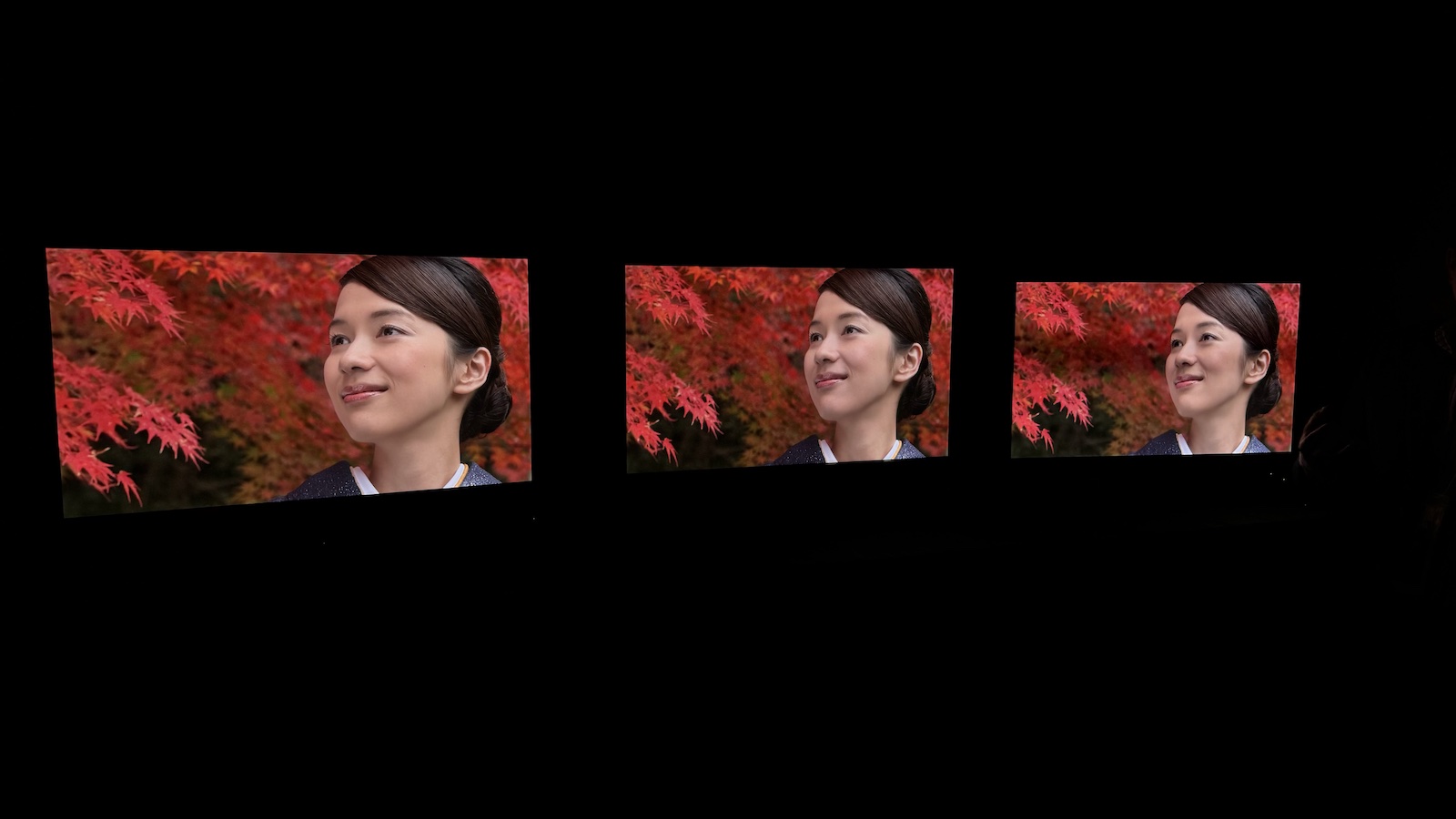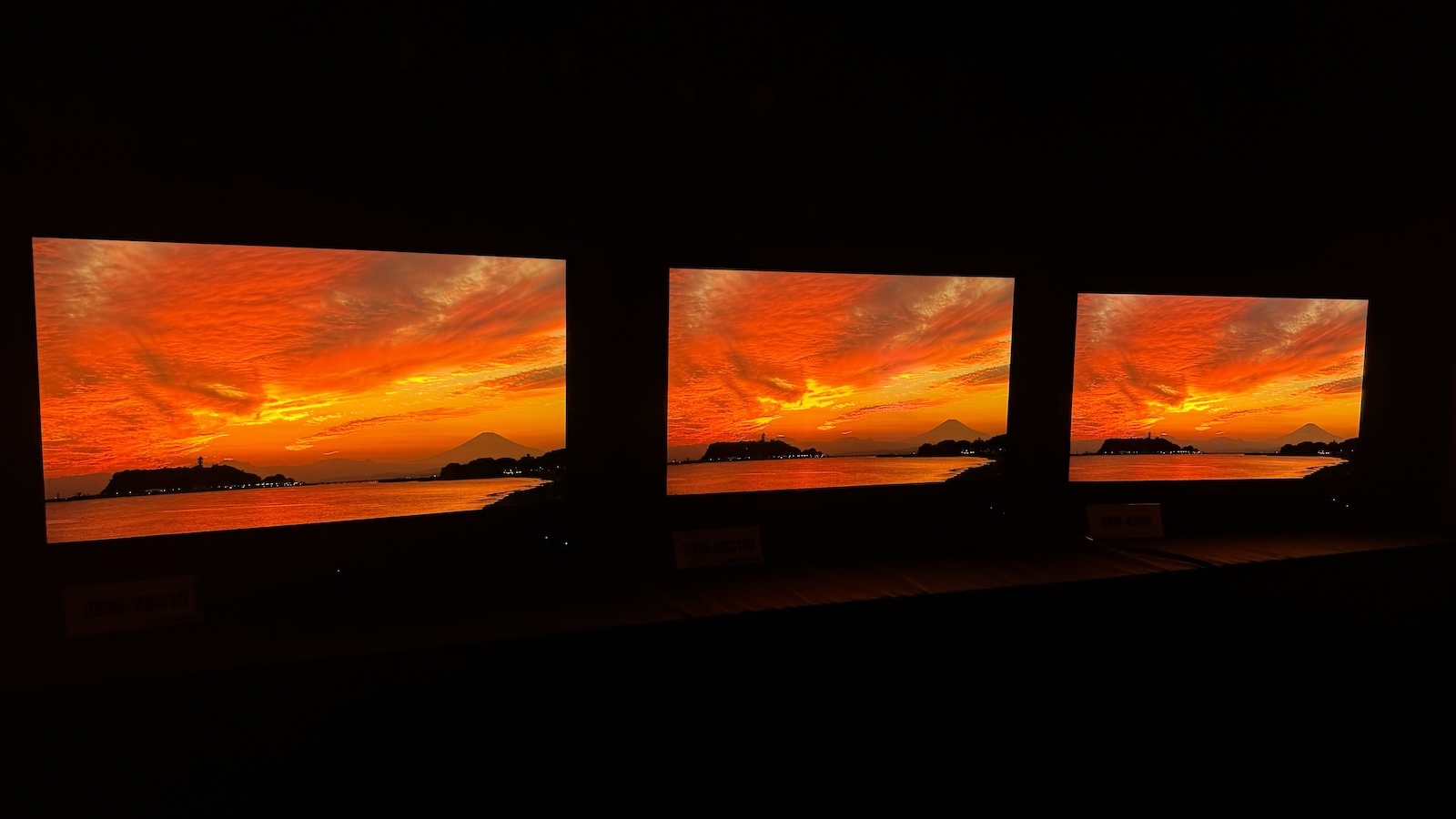
On a recent visit to Sony’s Yokohama office, What Hi-Fi? was treated to a demonstration of the company’s new BVM-HX3110 mastering monitor. Why would Sony bother demonstrating to us a product that will never be available to the general public? Well, partly because it’s clearly very proud of what it considers to be a breakthrough device, but more because one of its breakthroughs in particular has huge potential ramifications for consumer TVs.
That particular breakthrough is its ability to display 4000 nits brightness, which opens up the option for content creators to master their movies and TV shows to those sorts of super-bright levels. If content creators do take up that option (more on that thorny question below), it will mean that you will need to have a similarly bright TV if you want to truly watch their content as they intended for it to be seen.
What are nits?

You can click here to read our full nits explainer but, in brief, a nit is a measure of brightness, with one nit being considered equivalent to the amount of light generated by one candle per square metre. Roughly speaking, a cheap LCD TV might be expected to hit between about 300 and 400 nits, a standard OLED TV something in the region of 800-1000 nits, an MLA or QD-OLED roughly 2000 nits, and a high-end Mini LED model such as one of Samsung’s top Neo QLED might hit 3000+ nits.
One complication of all of this is that most TVs can only hit these sorts of figures in very small parts of the picture, and many models, particularly OLEDs, can only maintain peak brightness for short periods of time.
Sony’s new BVM-HX3110 mastering monitor, on the other hand, can produce 4000 nits brightness in a 10 per cent window (a white box that’s 10 per cent of the full size of the screen) more or less indefinitely. It does this thanks to a number of factors, including a dual-layer LCD panel, very advanced local dimming, huge power draw when compared with a consumer TV, and fans that keep the hardware cool.
It is worth noting that there are already mastering monitors available that can hit 4000 nits (and beyond), but those are significantly less popular than Sony's monitors so haven't had the impact that the BVM-HX3110 likely will.
If you’re thinking that 4000 nits of brightness must be retina-searingly dazzling, allow me to assure you that that’s not the case. Even at full blast in a dark room, the 10 per cent white window was supremely bright but not wince-inducing.
The advantages of the extra brightness were demonstrated in a comparison between the new BVM-HX3110, the outgoing BVM-HX310, and the older, OLED-derived BVM-X300. On each screen, a window consisting of concentric rectangles of brightness was displayed, with the least bright on the outside and each step closer to the middle being brighter than the last, with the centre itself at the full 4000 nits.
On the BVM-HX3110, each of these rectangles was perfectly displayed, but because neither of the older models can display anything even approaching 4000 nits, they could display only the outer rectangles before hitting their maximum brightness and blending several of the more central steps into one, uniform box. This was the case not only with a white window but also with windows of various colours.
With ‘real’ content, this would manifest itself as blown-out highlights with no detail. For example, instead of seeing various shades and shapes in a bright cloud, you’d see only a flat, white shape.
The tone mapping solution

Even the best TVs already often have to display highlights that are mastered beyond their brightness limitations, and they rarely do so by simply hitting their peak and displaying everything else at the same level (something that’s called ‘clipping’). Instead, they use tone mapping, which essentially brings the highlights down to within the TV's limitations, so the picture is less bright than the creator intended but the details in the highlights are preserved.
Of course, if creators begin to routinely master their content at 4000 nits, the gap between what they intended and what you’ll see on the average TV will be much larger, and the TV will have to work much harder to deliver both the impact and highlight detail of the source material. That’s why those who want to watch movies and TV shows in the most accurate and faithful way possible might well feel the need to upgrade to a much brighter TV – which might be bad news for OLED.
Will content creators use it?

But whether content creators will routinely master their content at 4000 nits is a big question. They’ve had access to 1000-nit mastering monitors for a very long time now, yet huge numbers of movies (many of the best of the last few years, in fact) are mastered to much lower levels, so why would they suddenly start making use of this new, much higher level of brightness?
The truth is that many probably won’t. It seems hard to imagine the likes of Scorsese, Villeneuve and Tarantino suddenly reconsidering their cinematic visions, especially when most cinemas are still limited to SDR levels of brightness. However, Sony believes that some pioneering filmmakers will embrace the opportunity to create brighter content and that once they do so, others (though perhaps not the aforementioned auteurs) will see the benefits and follow suit.
In other words, it will probably be a little while before we dedicated AV aficionados feel the need to upgrade to vastly brighter screens, but it does feel to me that that will be the case eventually. Will there be a new, vastly brighter version of OLED available by then? Or will Micro LED be a viable option at that point? Perhaps even backlit TVs will re-emerge as the flagship models of choice. Only time will tell.
MORE:
Here are the best TVs you can buy right now
This is everything you need to know about super-bright MLA OLED technology







